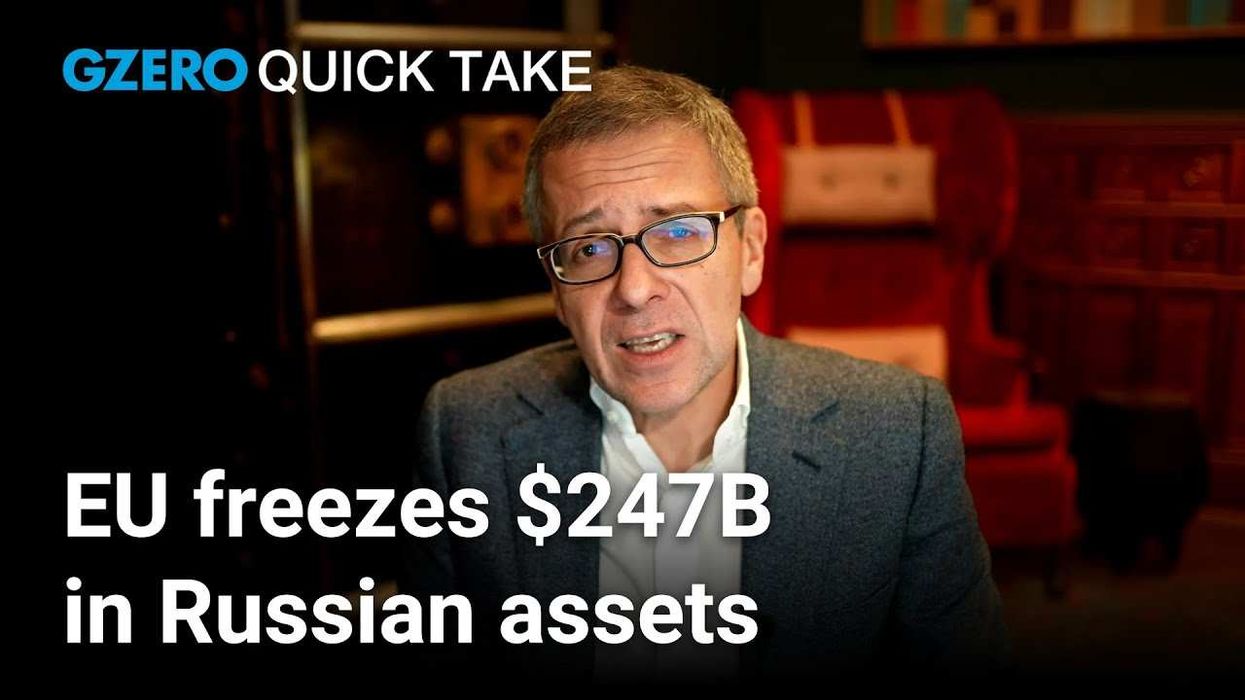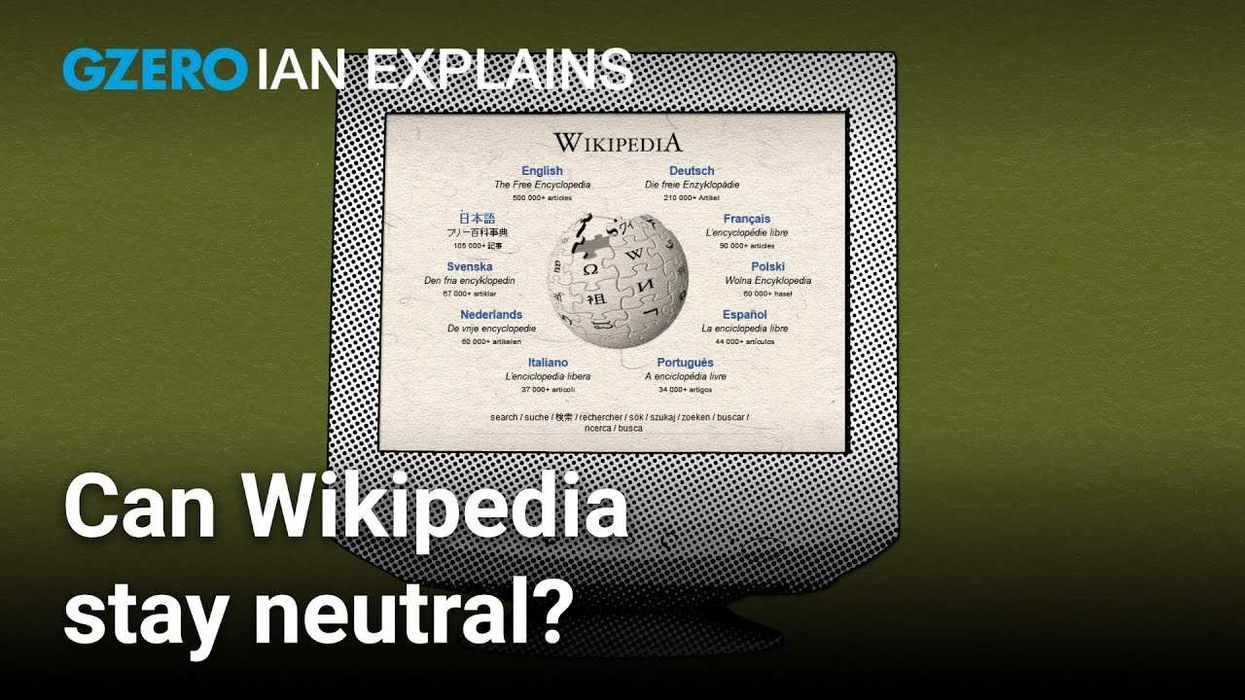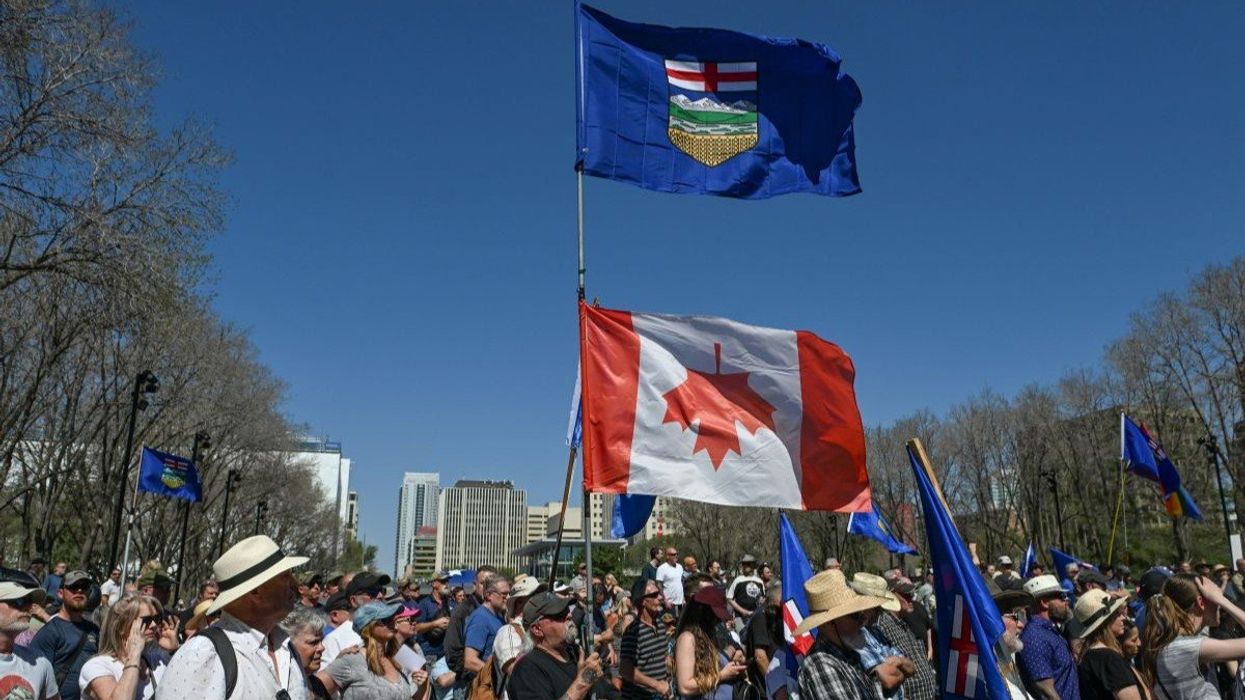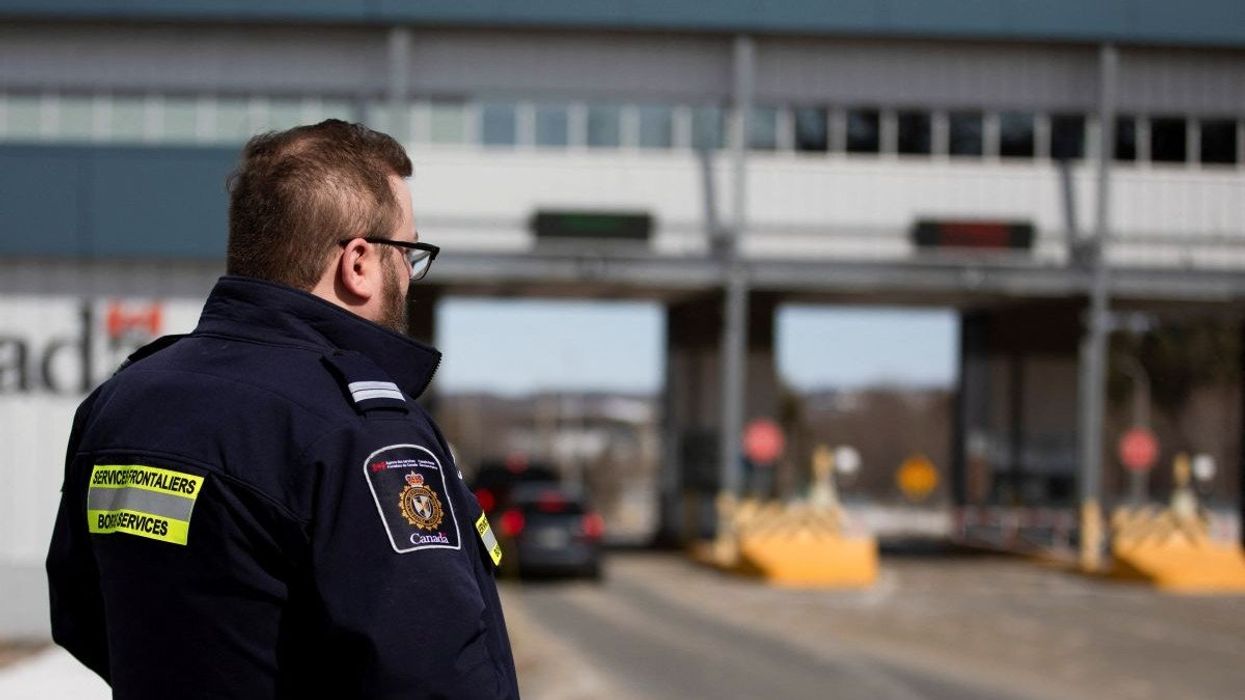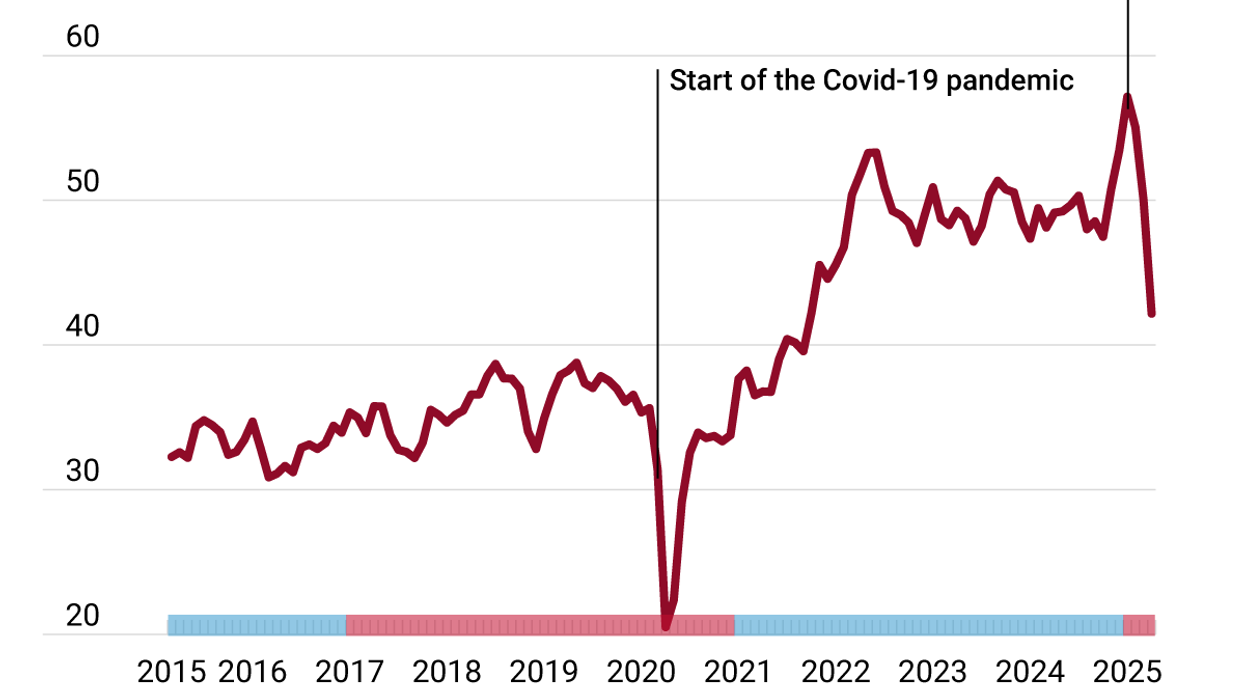Wildfires are burning across Western Canada, causing smoke to drift over Montana, Colorado, Kansas, Wisconsin, and other parts of the Midwest.
If you’re having a flashback to the amber smoke that cloaked cities across Canada and the US last summer, you’re not alone. That’s why we decided to look at how this year’s wildfire season compares to last year’s.
This year, Canada’s nearly 3,917 blazes have already burned more than 2.7 million hectares, with about 852 active wildfires as of the end of July. The good news? It’s considerably less land than had been scorched by the end of July 2023.
While that may paint the picture that the 2024 wildfire season will be less severe than the historic 2023 season, this year’s blazes may just be off to a slow start. Experts have warned that last year’s warm fall and winter, along with droughts and minimal snowfall, could potentially lead the 2024 fire season to be even worse than last year.


